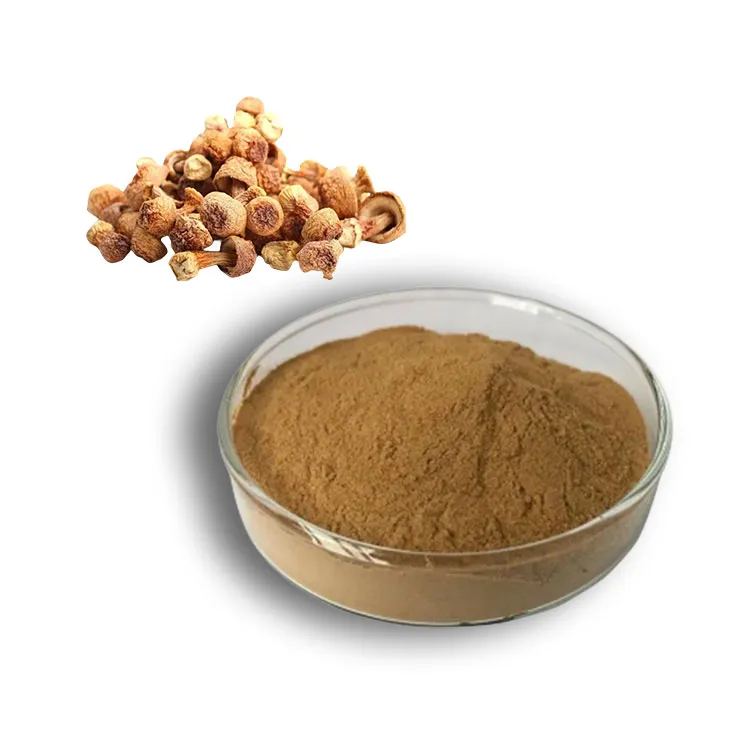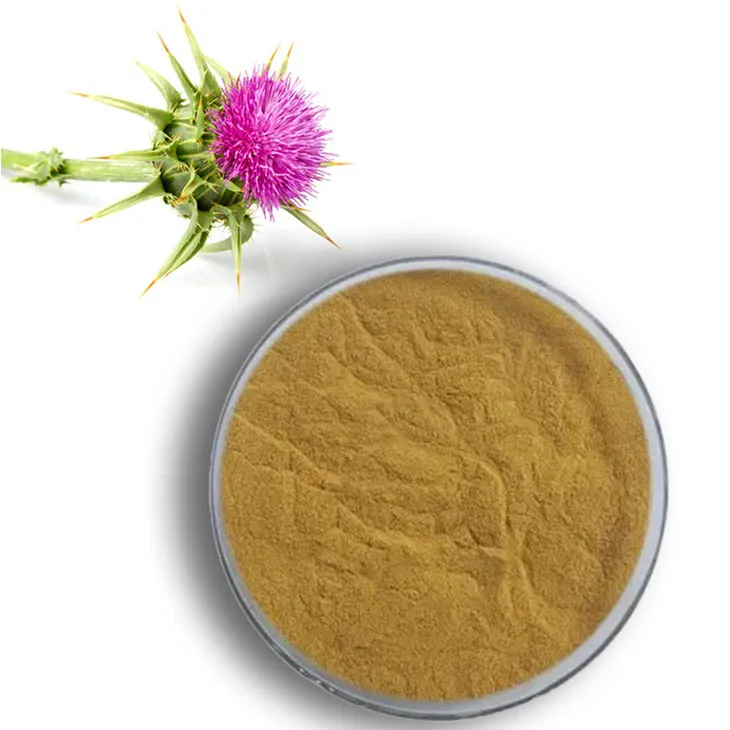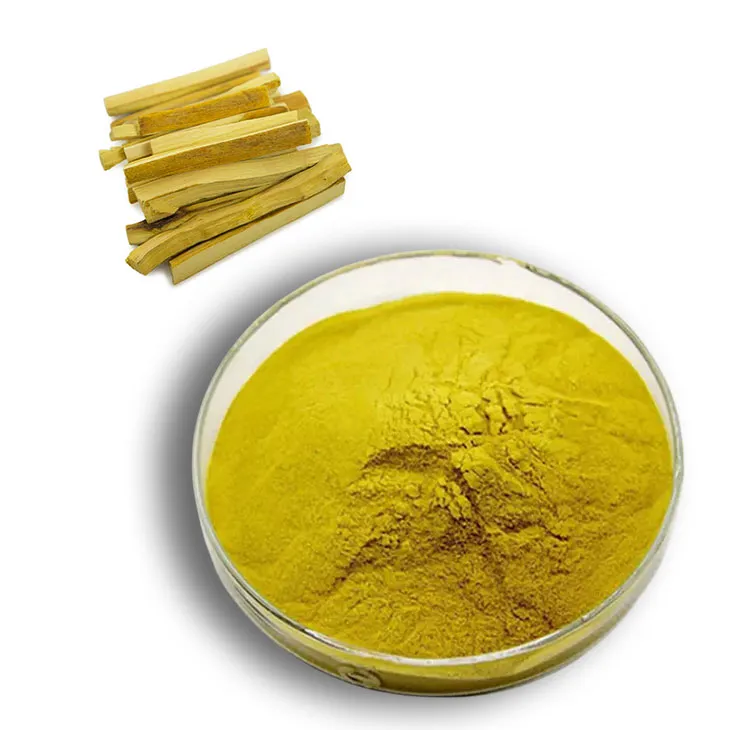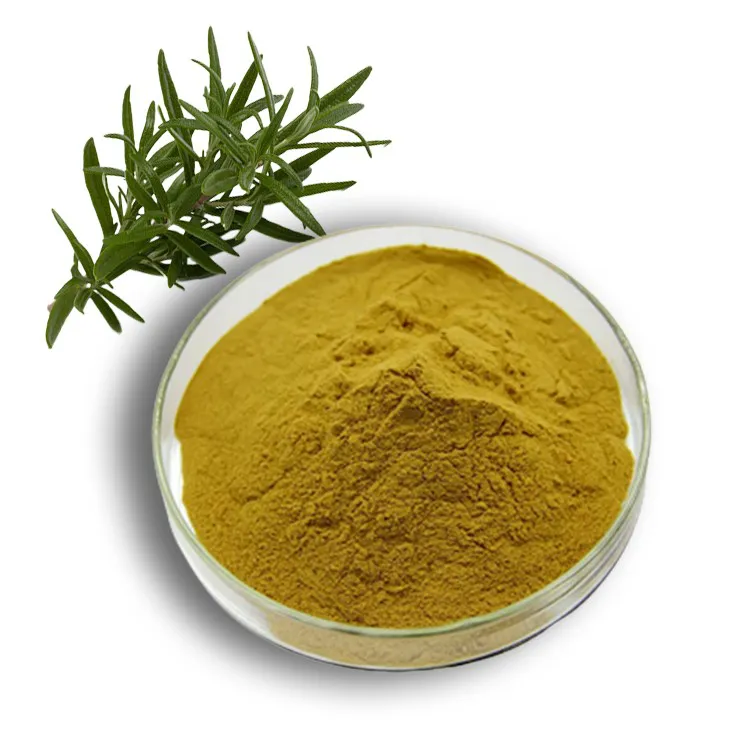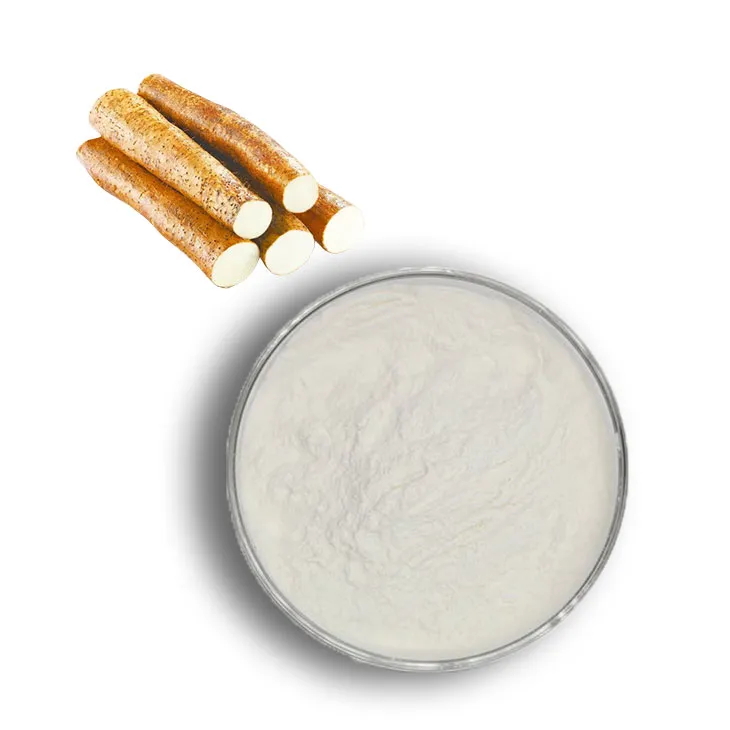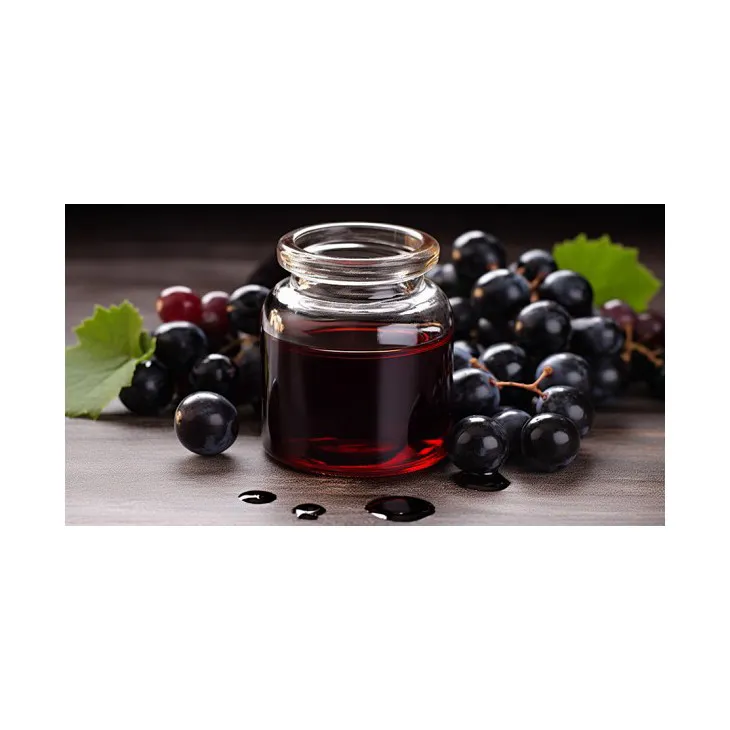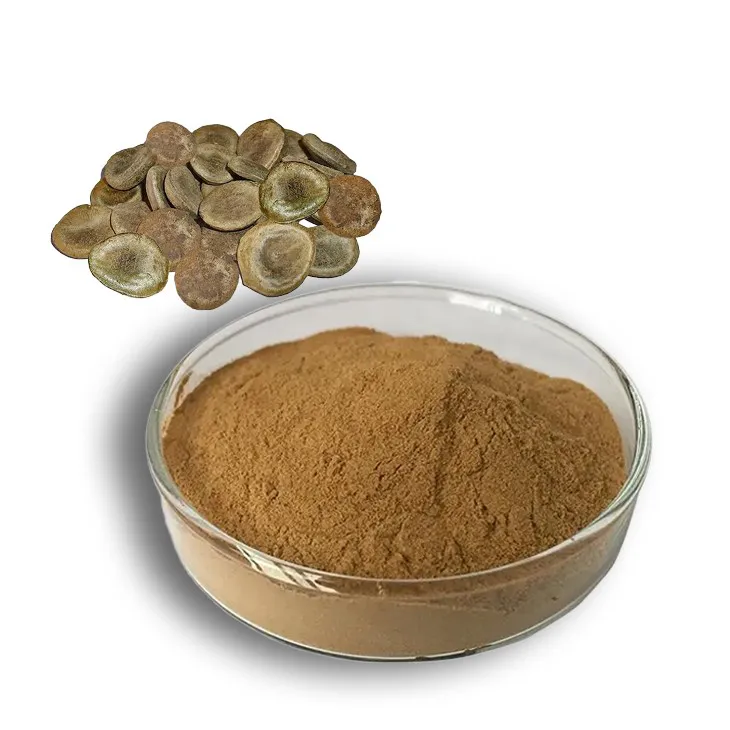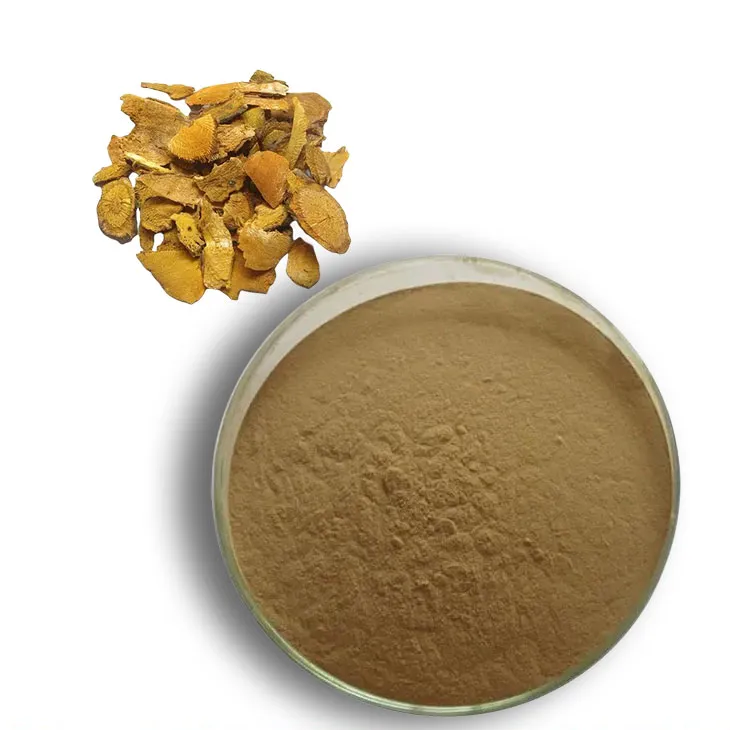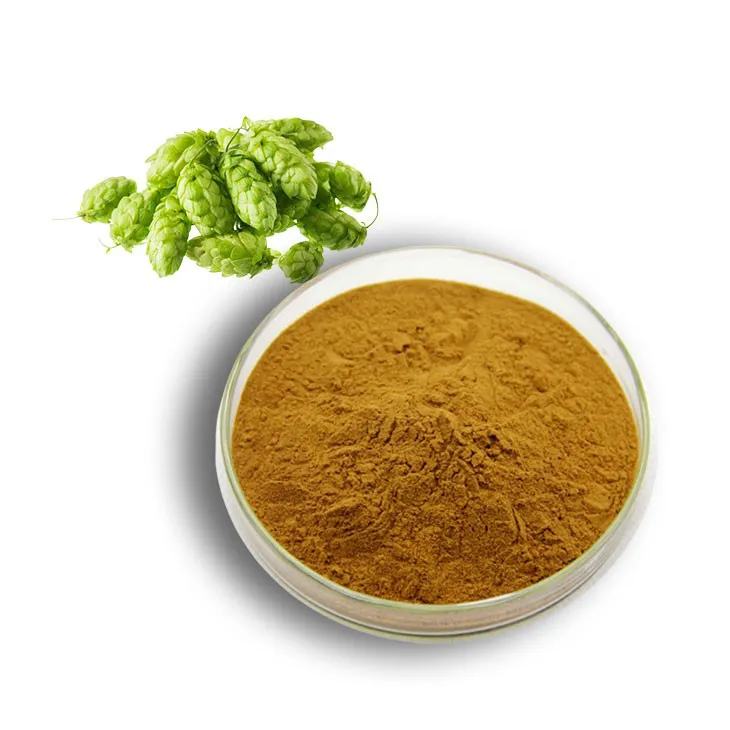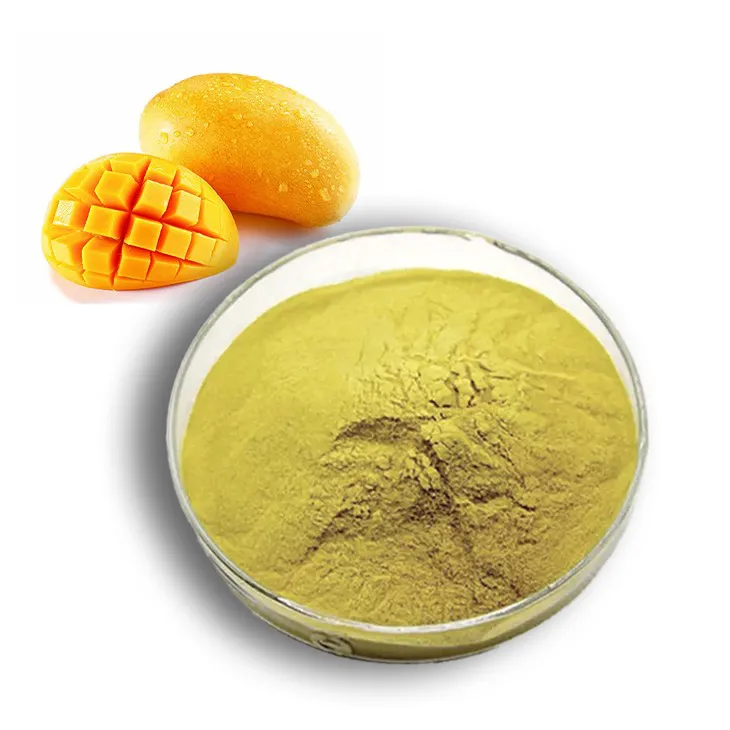- 0086-571-85302990
- sales@greenskybio.com
Valerian: History,Benefits and Uses
2025-05-01
Valerian (Valeriana officinalis) is a perennial flowering plant native to Europe and Asia, renowned for its calming properties and distinctive aroma. It has been a cornerstone of herbal medicine for thousands of years, providing relief for conditions ranging from insomnia to anxiety. This plant, with its delicate pink or white flowers, has also attracted cats, who exhibit a catnip-like intrigue with its scent.
History of Valerian
Valerian's use traces back to ancient Greece and Rome, where figures like the Greek physician Hippocrates noted its therapeutic qualities and the Roman scholar Pliny the Elder recommended it for headaches and digestive issues. In medieval Europe, valerian was called "all-heal" for its treatment of nervous disorders and wounds, with its name deriving from the Latin word "valere," meaning "to be strong or healthy." Known by various names such as Garden heliotrope, Setwall, Capon’s tail, and Cat’s valerian, the herb reflects its widespread use and cultural importance. In the 16th century, the Swiss physician Paracelsus used valerian to treat a scholar with chronic insomnia, enhancing the herb’s reputation as a natural sleep aid. Today, valerian is grown globally, thriving in moist areas and prized for its roots containing vital active compounds.
Phytonutrients and Health Benefits
Valerian owes its therapeutic effects to phytonutrients like valerenic acid, which interacts with GABA receptors to promote relaxation; iridoids with anti-inflammatory and sedative properties; alkaloids such as valerine and chatinine for calming effects; and flavonoids, which are antioxidants supporting overall health. These compounds work together to create valerian's signature effects, making it a powerful remedy for improving sleep quality and reducing anxiety. Research suggests valerian helps alleviate insomnia by decreasing the time to fall asleep and enhancing sleep duration. It’s also popular as an alternative to pharmaceutical anxiety treatments.
Other medicinal benefits include:
- Relieving menstrual cramps with antispasmodic properties
- Lowering blood pressure by promoting relaxation
- Supporting digestive health by treating stomach cramps and bloating
- Reducing symptoms of ADHD by improving focus and reducing hyperactivity
Valerian is available in forms like teas, tinctures, capsules, and extracts. It is commonly consumed as tea, made by steeping dried valerian root in hot water. To improve its earthy, slightly bitter taste, valerian is often blended with herbs like chamomile or peppermint. For concentrated doses, tinctures or capsules are preferred, but valerian’s effects are cumulative, requiring consistent use over weeks to achieve full benefits.
Culinary Uses and Recipes
Valerian can also be used in culinary creations, complementing both sweet and savory dishes:
- Valerian and honey tea: A soothing bedtime drink with dried valerian root, honey, and lemon
- Valerian-infused oatmeal: Add powdered valerian root to morning oats
- Herbal valerian smoothie: Blend valerian tincture with banana, almond milk, and spinach
- Valerian and lavender cookies: Combine valerian extract with lavender and honey
- Valerian-enhanced broth: Infuse valerian root in vegetable or chicken broth
Valerian is a testament to nature's healing powers. Its historical use and modern scientific research highlight its value as a natural remedy for sleep disorders, anxiety, and more. Whether enjoyed as a tea, tincture, or ingredient, valerian offers a gentle method to support overall wellness.
- ▶ Hesperidin
- ▶ citrus bioflavonoids
- ▶ plant extract
- ▶ lycopene
- ▶ Diosmin
- ▶ Grape seed extract
- ▶ Sea buckthorn Juice Powder
- ▶ Beetroot powder
- ▶ Hops Extract
- ▶ Artichoke Extract
- ▶ Reishi mushroom extract
- ▶ Astaxanthin
- ▶ Green Tea Extract
- ▶ Curcumin Extract
- ▶ Horse Chestnut Extract
- ▶ Other Problems
- ▶ Boswellia Serrata Extract
- ▶ Resveratrol Extract
- ▶ Marigold Extract
- ▶ Grape Leaf Extract
- ▶ blog3
- ▶ Aminolevulinic acid
- ▶ Cranberry Extract
- ▶ Red Yeast Rice
- ▶ Red Wine Extract
-
Agaricus Blazei Extract
2025-05-01
-
Milk Thistle Extract
2025-05-01
-
Berberis aristata Extract
2025-05-01
-
Rosemary extract
2025-05-01
-
Yam Extract
2025-05-01
-
Red Wine Extract
2025-05-01
-
Kupilu Extract
2025-05-01
-
Giant Knotweed Extract
2025-05-01
-
Hops Extract
2025-05-01
-
Mango flavored powder
2025-05-01











